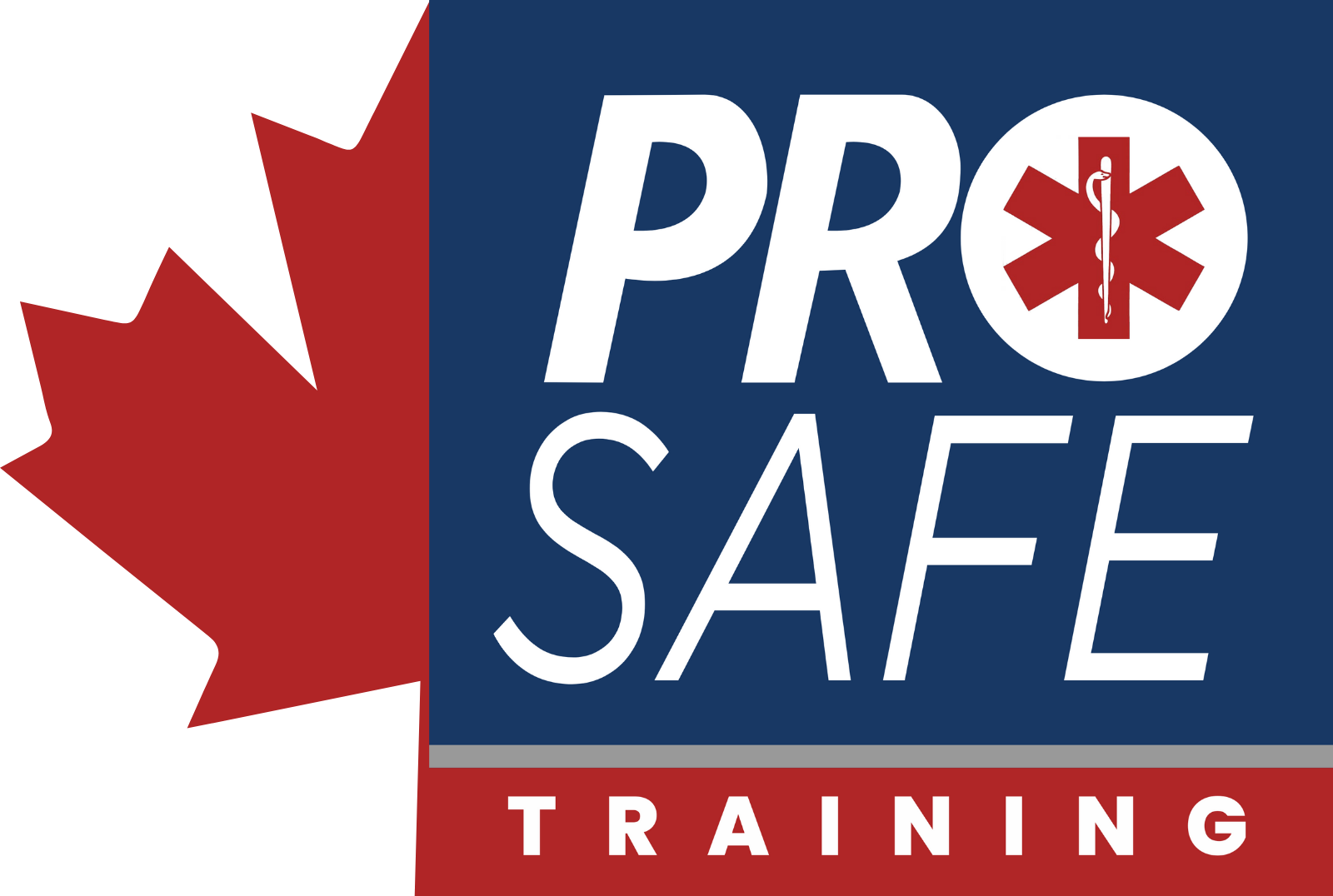November Is Fall Prevention Month: Here’s How You Can Keep Safe And Be Prepared

In the Lower Mainland, November typically marks a sudden change of seasons. The days grow shorter, the temperature drops, and we begin to collectively experience an abundance of rain and snow. These changes produce impacts far beyond the necessity of setting our clocks back – the combination of darkness and slippery surfaces can exponentially increase the risk of slipping and falling.
Because of this, November has become an important month for fall prevention awareness. Falls can lead to serious injuries, and are among some of the most prevalent sources of hospitalizations for older adults and children aged 0 to 9. Knowing how to prevent them, as well as treat injuries when they do occur, are essential skills that all Canadians should acquire as we descend into the chilly winter season.
ProSafe’s Standard First Aid program is an excellent course for injury treatment. Slips and falls may result in open wounds, broken bones, or even head and spine injuries – all of which are covered by our instructors. The course encapsulates every stage of emergency response, including response preparation and proper assessment. Among the elderly, the shock of falling may lead to cardiac or breathing issues, problems which are addressed within ProSafe’s course.

While treatment is certainly important, prevention is something that can be exercised with next to no training. Understanding where and how falls may occur is an important step towards ensuring that they do not happen at all. Here are some general tips that can help you prevent these incidents from occurring:
1. If your home or property has dimly lit areas, try to find a way to illuminate them. Purchasing motion activated lights has never been more affordable and can potentially save a life. Remind yourself to keep your blinds or curtains open so that light can shine through to the outdoors.
2. Icy conditions are, understandably, one of the chief instigators of slip-and-falls. Make sure that your home and workplace both have ample supplies of de-icer. Salting steps and concrete walkways may not remove all ice, but it can still save a life.

3. Footwear is important. Make sure your shoes or boots are well equipped for wet and cold conditions. Avoid wearing flat-bottomed shoes outdoors, including slippers or flip flops.
4. Tripping hazards are everywhere. Talk to your household or co-workers, and consider doing a walk-around of your property so that you can identify and mark dangerous areas. Cracked pavement, uneven tiles, and door ledges are all culprits to be aware of.
Fall prevention is a serious topic that should not only be addressed in November, but year-round. Understanding how to minimize risk, and attend to any injuries that may occur, are important steps that we can all take to protect those who are most vulnerable.
Although the young and old are predominantly injured through falls, the reality is that these can happen to anyone. So, this November, stay safe, get educated, and walk steadily into the New Year.
